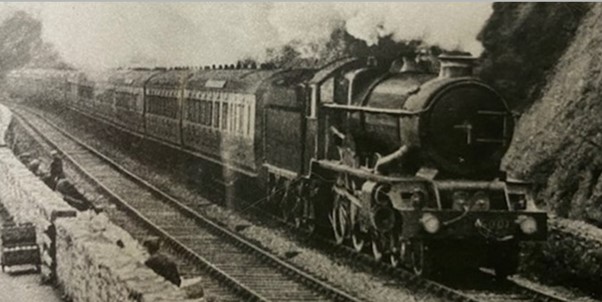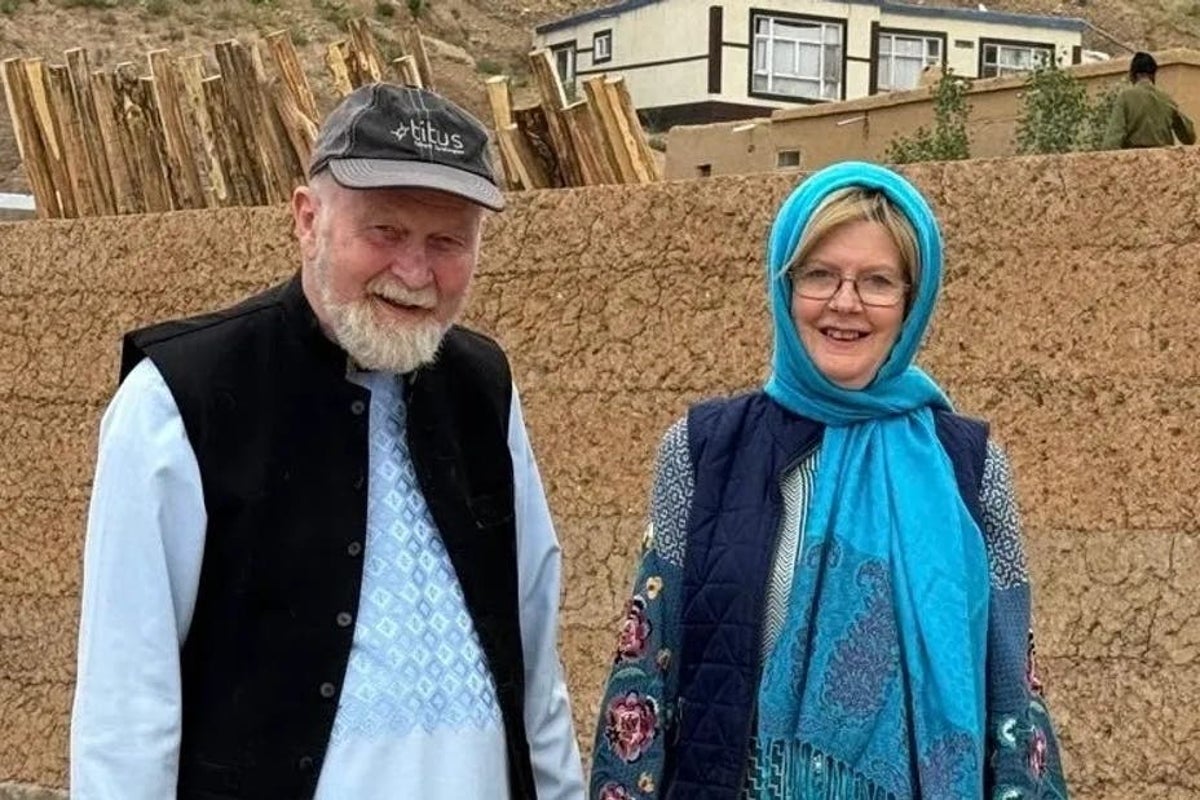
A new public database listing records about railway accidents is being launched at The National Archives on Thursday 5 June to coincide with Volunteers Week.
The Railway Work, Life & Death project makes accessible information about 4,500 railway staff killed or injured at work between 1911-1923. It has been made possible because volunteers at The National Archives, The National Railway Museum and the Modern Records Centre at the University of Warwick have extracted details from accident registers, compensation claims and safety correspondence from railway companies.
James Cronan, Records Specialist at The National Archives, said: “Our dedicated and knowledgeable volunteers have been vital in pulling together this data. Without their hard work it wouldn’t be possible to gather information about who was involved, what they did and what happened to them.”
The database, unveiled in the year of Railway 200, will eventually include an extra 50,000 individuals’ accident records and will cover the period 1855-1939.
It is an invaluable resource for genealogists and railway historians.
The records detail dramatic incidents, including Great Western Railway driver Henry Chappell jumping from his engine to save himself as it ran out of control into another train at Monmouth Troy in Wales.
There are grim reminders of how dangerous this new form of transport could be: including office cleaner Mary Ramsey run over by a North Eastern Railway train at South Shields in 1859 as she took out ashes from the station fireplaces and Ivor Richards, killed by a train aged only 14, while working for the Rhymney railway in Cardiff.
Data was drawn from the Railway Inspectorate, Eastern Railway Company’s Benevolent Fund records and the Amalgamated Society of Railway Servants/ National Union of Railwaymen trade union, as well as state accident reports for Britain and Ireland.
The National Archives also holds an extensive collection of railway memorabilia, including tickets, timetables, magazines, photographs and maps from the W E Hayward Collection.



